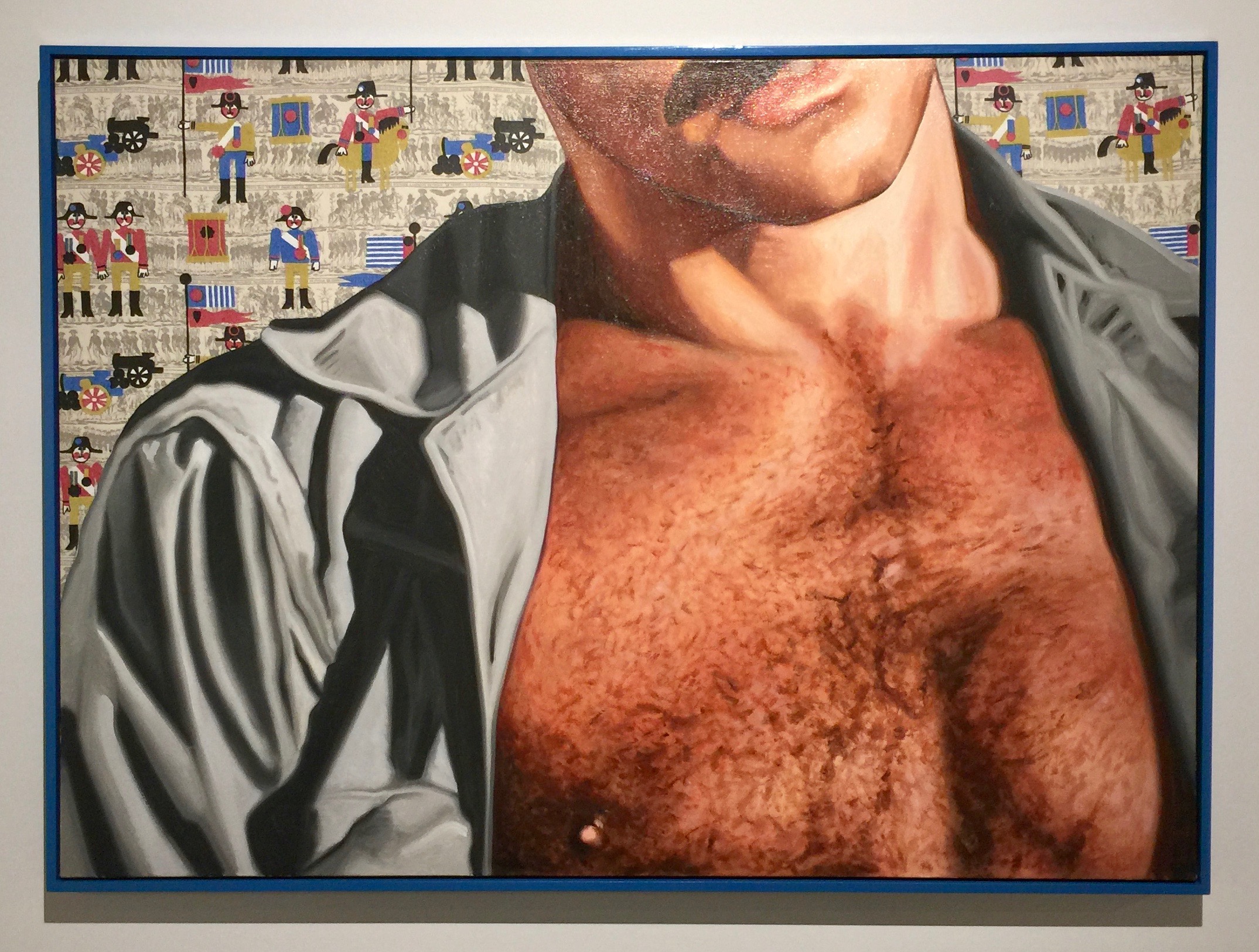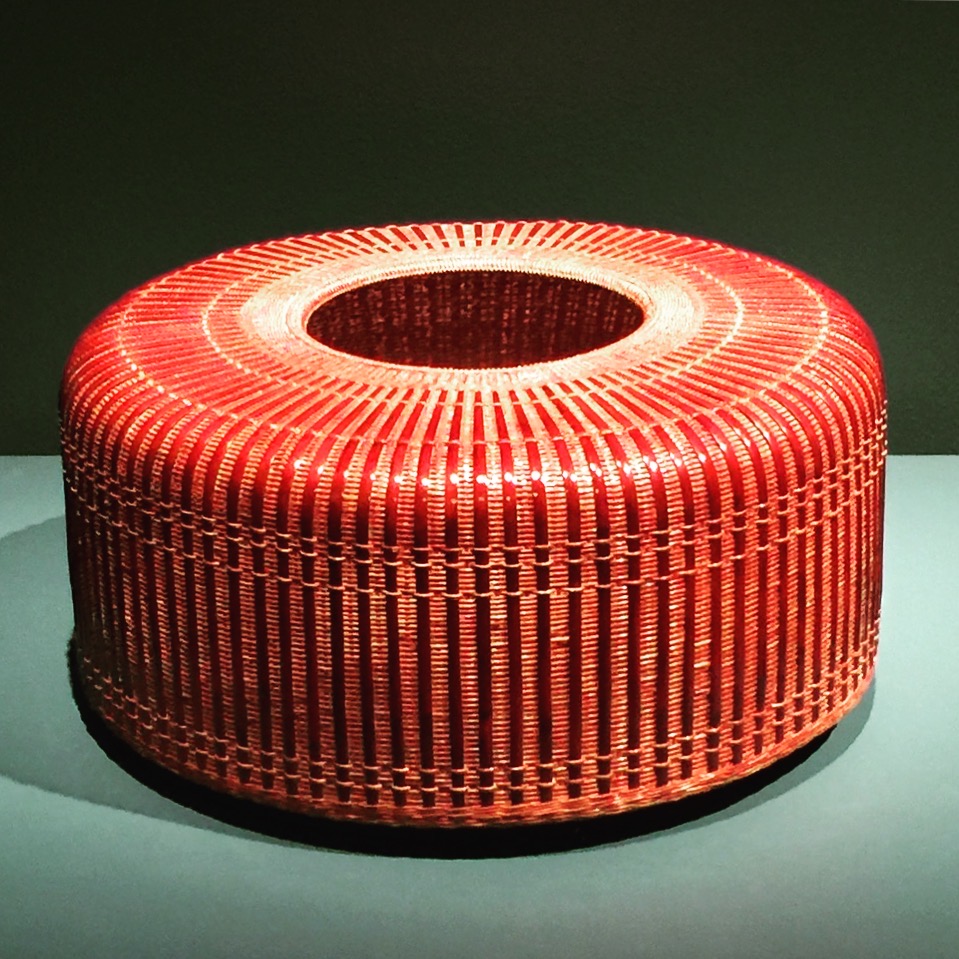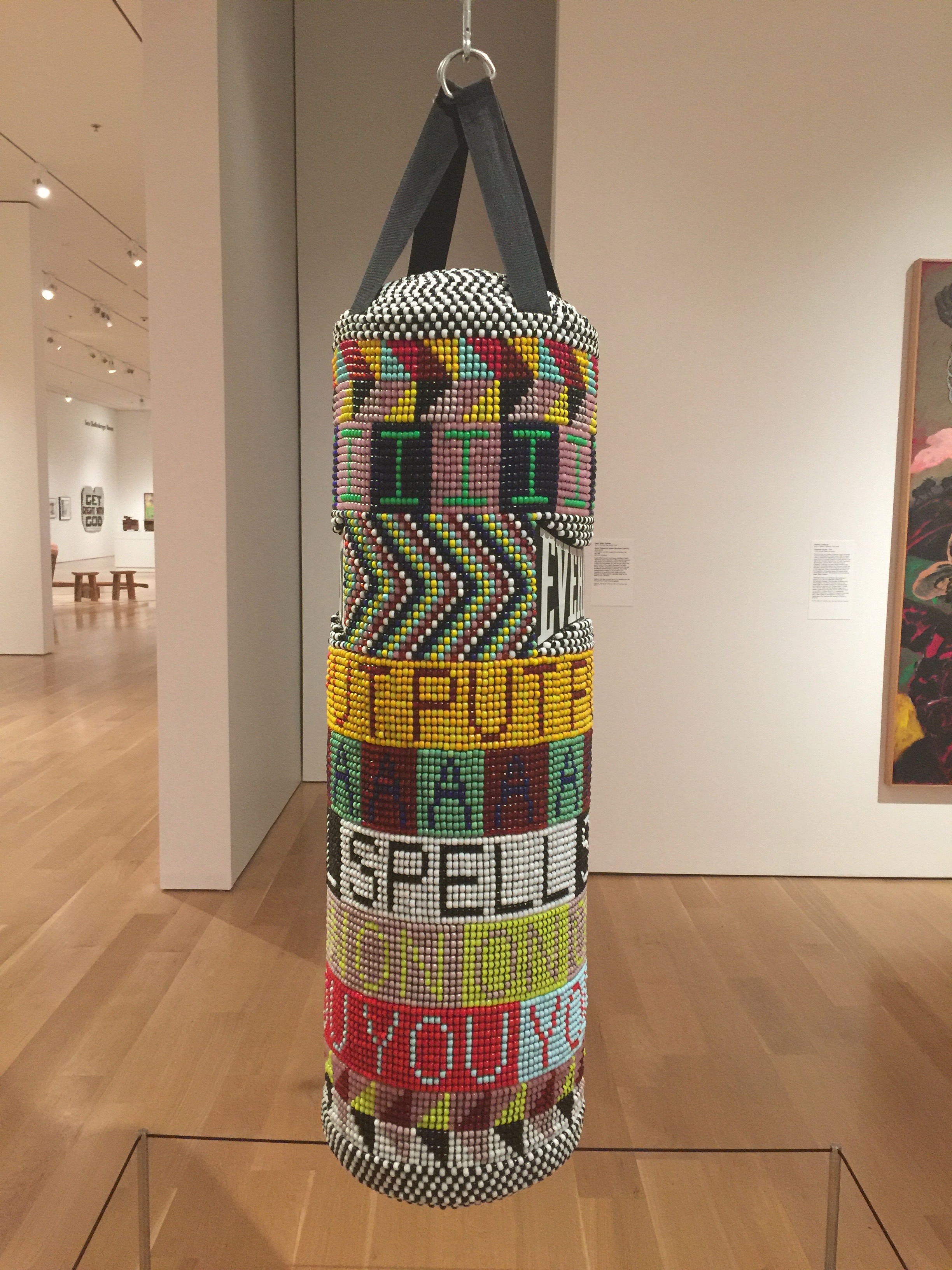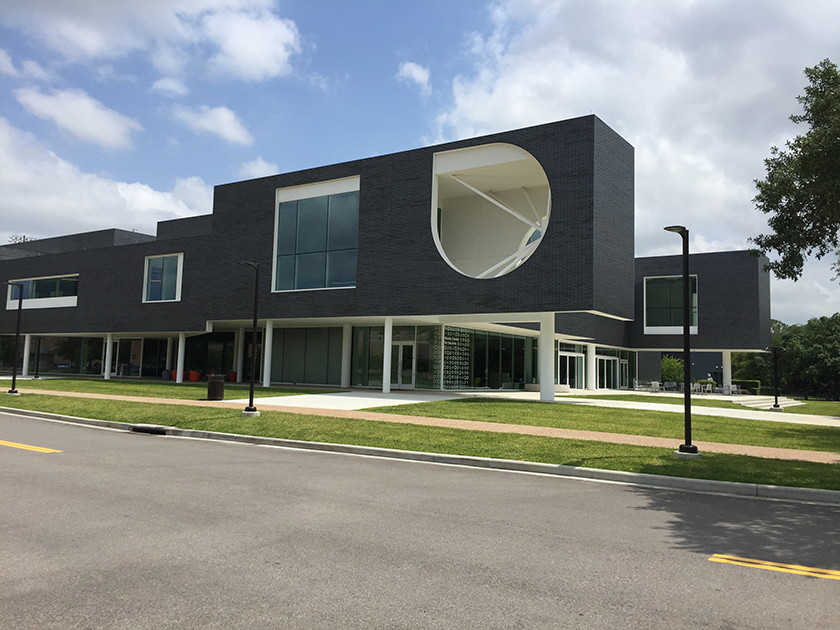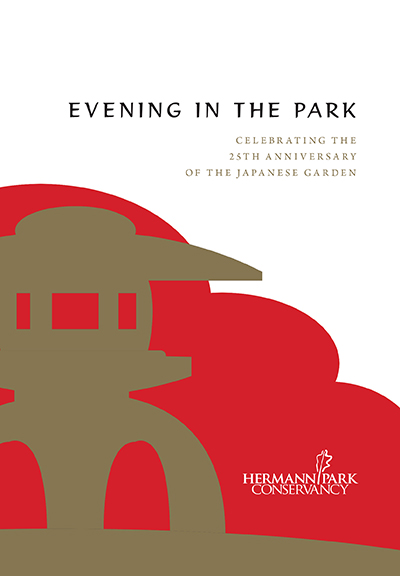Trust Is Key
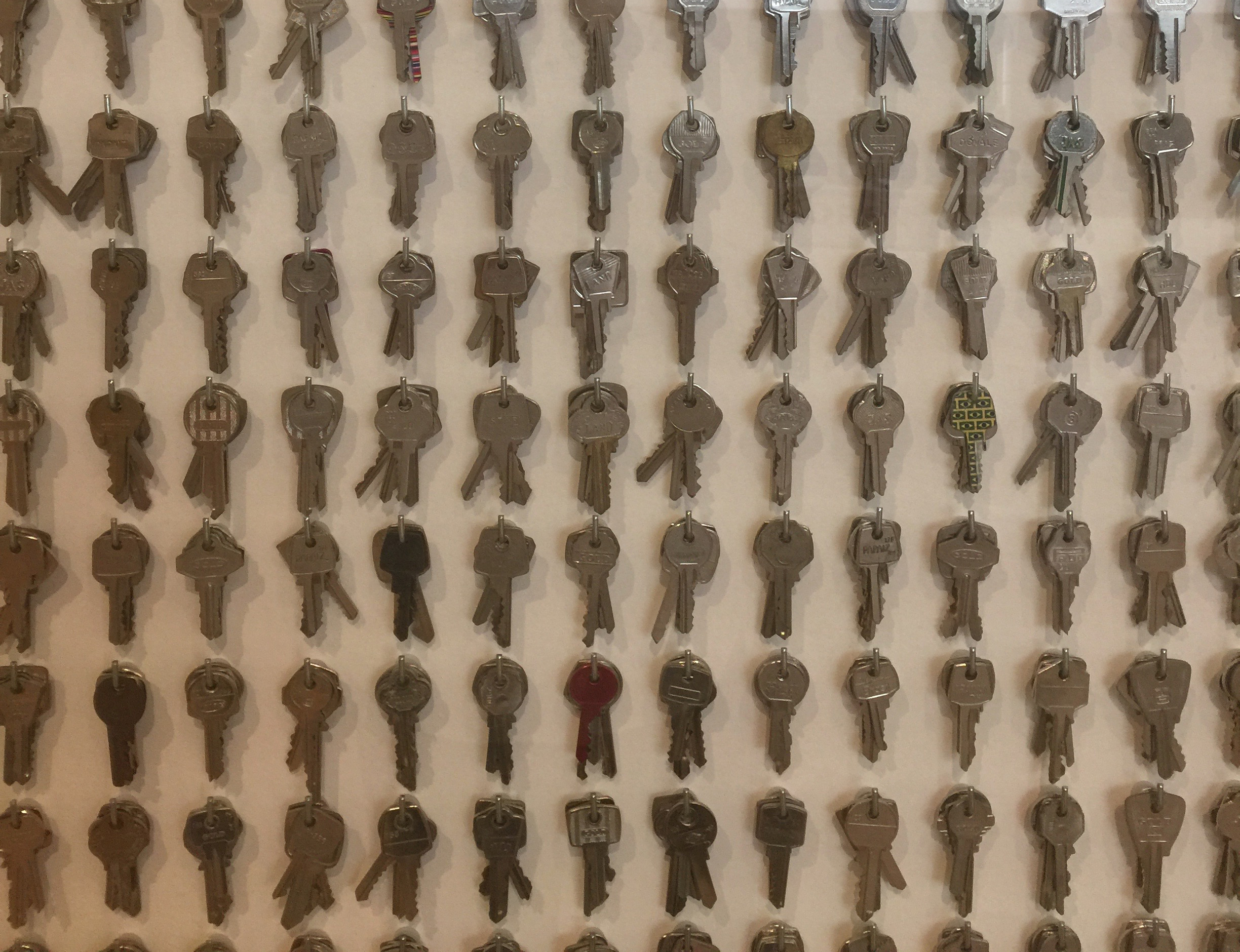
Copies of Pavilion goers’ keys, from a work of public trust and participation at the 28th São Paulo Biennial in 2008.
Paul Ramírez Jonas’s first survey exhibition in the Americas, “ATLAS, PLURAL, MONUMENTAL,” is on view at CAMH through August 6th. The exhibition includes 25 years of Ramírez Jonas’s exploration of access, ownership, the public, contracts, belonging and trust [among other themes] through his art.
A number of the artworks feature keys – his own and the public’s. One such work he created for the São Paulo Biennial in 2008. Ramírez Jonas arranged for members of the art viewing public to a receive a key to the front door of the Ciccillo Matarazzo Pavilion that allowed them unfettered access to this biennial venue, day and night. In exchange, each person signed a single large contract agreeing to a standard of behavior related to the venue AND they were required to leave a copy of one of their own keys. One had to surrender some measure of personal security and sign an oath and only then was one rewarded with access.
In FAKE ID, part of “Paul Ramírez Jonas: Half-Truths,” at The New Museum in NYC through September 17th, the artist and his teenage assistants will deconstruct photocopies of museum goers’ documents—school IDs, transportation passes, credit cards, and licenses—to create a new identification card. The unused material will be shredded onsite. The project is an exploration of identity and the entities that define it as well as of security and trust.
Though I thought “ATLAS, PLURAL, MONUMENTAL” terrific, and I wanted to include a post here, I kept putting off its writing. Partly because much of Ramírez Jonas’s work is fairly complicated to describe, with lots of moving parts. But I think also because of its effect on me. Even a step removed – looking at evidence and documentation of past happenings – I was intrigued, but uneasy. Perhaps I’m not as trusting as I might be. Read more →

